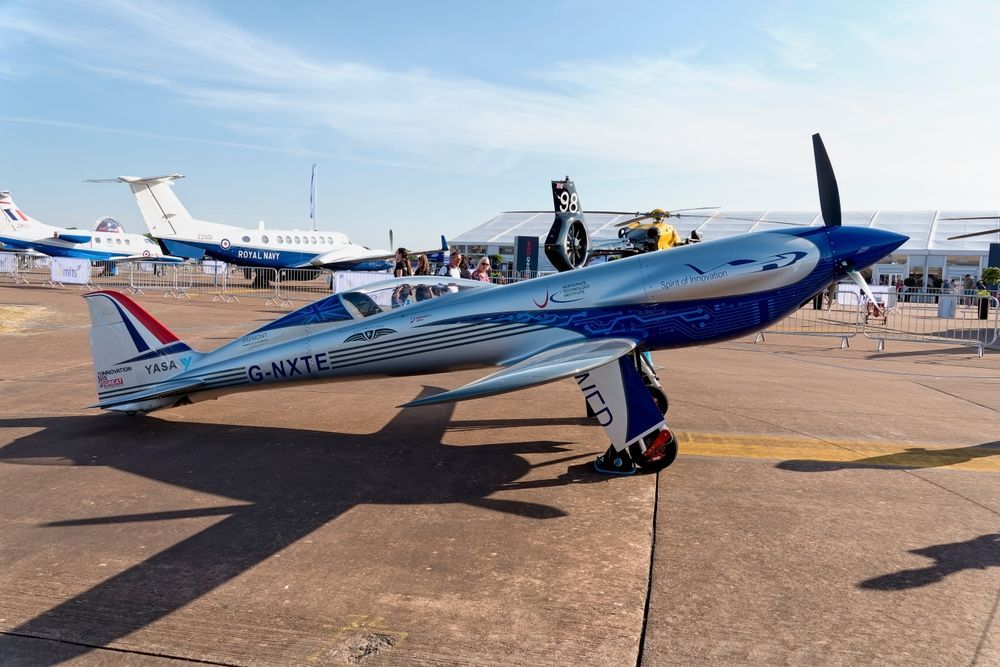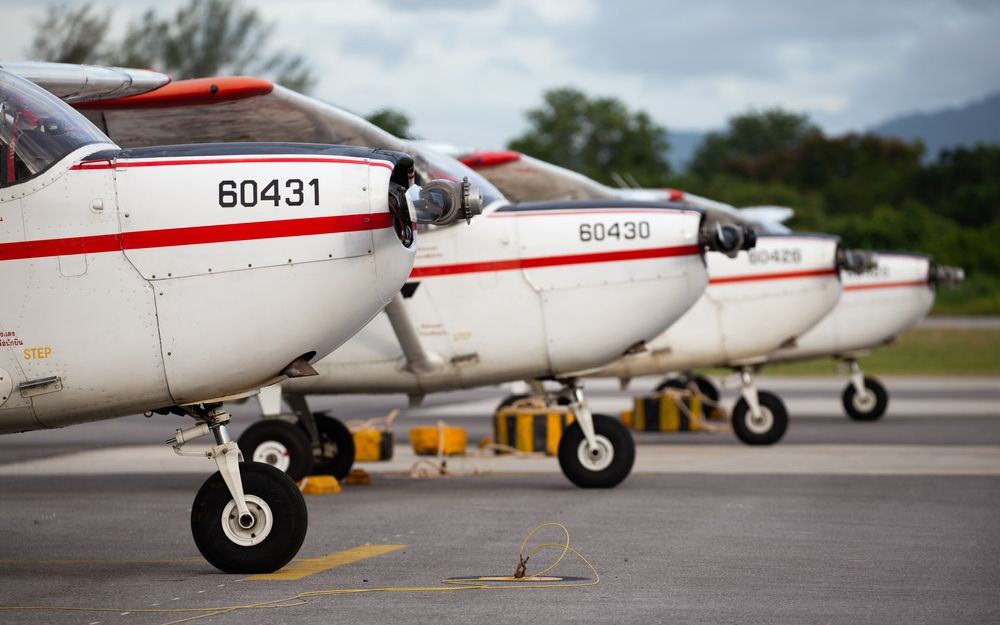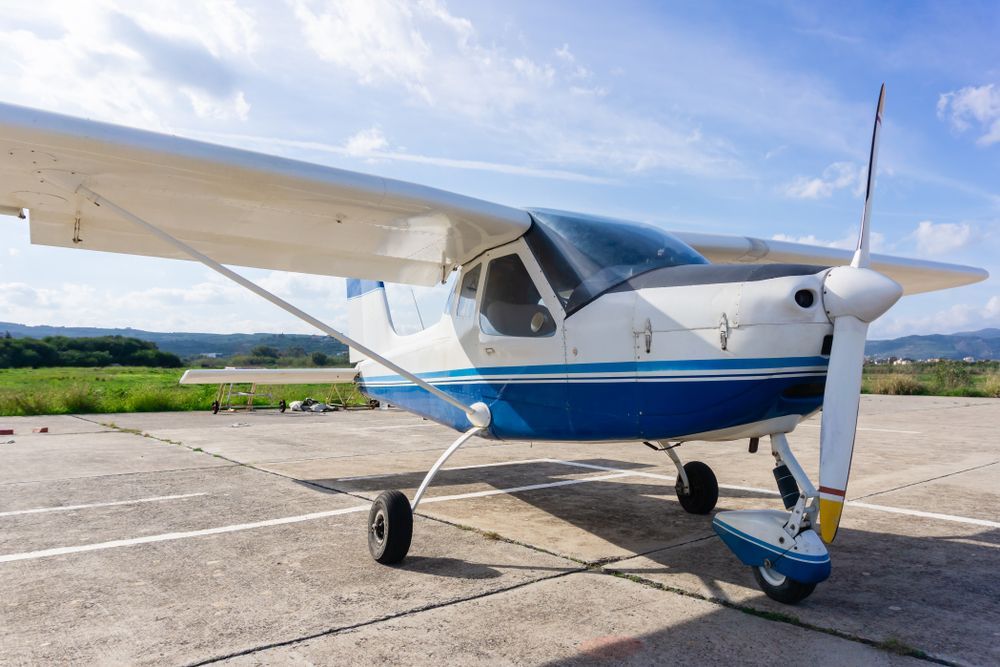Airplane Avionics Upgrades: Things to Consider
Share this Article:
Whether you’re a new aircraft owner or you own a fleet of aircraft and have long had your pilot’s license, it’s no secret that planes are going to need their fair share of maintenance over time. And while planes are required to go through maintenance checklists each year to maintain certain certifications, there are various other upgrades that owners may elect to explore carrying out on their planes as well. One such upgrade is that of the avionics panel.
Avionics are the electronic systems used on aircraft. They encompass communications and navigation systems, display panels, and more. Just think of avionics as the application of electrical and electronic systems to aircraft and spacecraft. So what factors should you be considering when it comes to aircraft panel upgrades? We’ve broken down some of the key variables in this post – here’s a closer look:
Type of Aircraft
The type of aircraft that you own is going to help dictate a lot about any desire to upgrade avionics systems. For example, if you own a single-engine plane that you enjoy leisurely flying on the weekends, it might not be as important to upgrade avionics compared to a Gulfstream private jet. If you need your aircraft for business-related travel purposes, it’s a lot more important to have state-of-the-art equipment than one that you just fly as a hobbyist.
Do You Really Need an Upgrade?
One of your biggest considerations when weighing avionics panel upgrades is what you use your aircraft for. For instance, if you just own a small puddle jumper to fly for a hobby or take friends for a spin on the weekends, then upgrading the avionics might not be in your best interest. But if you’re making cross-country flights at all times of the day when you could be flying in the dark and in various weather conditions, then an upgrade could be worth the investment.
On this note, we suggest asking yourself a few questions to help you decide whether an avionics upgrade is in your best interest:
- Is the aircraft for personal or professional use?
- Do you only intend to fly in fair weather conditions or might you have to fly at night or in inclement weather?
- How often do you use the aircraft?
- How high do you fly? (If you fly at or above a certain altitude, you’ll need to invest in advanced equipment.)
- How crucial is it that your aircraft is operational and not always out for repair?
Before you make the decision on whether or not to upgrade your plane’s avionics, it helps to determine whether or not you actually need an upgrade.
Price
Another significant consideration when it comes to aircraft panel upgrades is cost. No maintenance on an aircraft is cheap – and just like having work done on an automobile, you’re going to be on the hook for both parts and labor. In most cases, you’re looking at a price tag of at least $10,000 for avionics upgrades, which can be prohibitive for many aircraft owners.
Again, there are a few key considerations you’ll want to weigh when deciding whether or not an avionics upgrade is in the best interest of your aircraft. One is how necessary it is pertaining to the way that you use your aircraft. Refer to the above section to help determine that. Another big consideration is what you plan to do with your aircraft in the future . For instance, if you’re planning on selling the aircraft, an avionics upgrade can help increase its value.
Integrated vs. Non-Integrated
There are two main types of avionics systems: integrated and non-integrated. A non-integrated system typically consists of a mix of new and old systems. In contrast, an integrated system includes all of the components made together as a group in just one system. Non-integrated systems are typically easier and more affordable to replace, as it just involves the replacement of certain components so new and old avionics can work together as one. In some cases, these components may not have been originally engineered to be installed in the aircraft they’re eventually placed in.
Upgrading to an integrated system tends to be more costly, as it consists of upgrading to one comprehensive system.
Should you Repair or Replace Avionics?
To repair or to replace ? Again, when it comes to avionics, what you decide can depend on a variety of factors, many of which we’ve already covered throughout this piece, such as cost and how you use your aircraft.
For example, repairing a current avionics system is likely to come with a more affordable price tag than replacing the system altogether. At the same time, it’s important to think about how necessary a replacement is based on your budget and how you use your aircraft. Obviously, if your avionics system isn’t working properly, repairs are necessary to return the aircraft to a status where it meets FAA standards or regulations. But replacing the system may only be a good option if it is economically worth it to pursue this route over just standard repair. For aging avionics systems, it can cost tens of thousands of dollars per year to properly maintain them – something that can make more of the case for replacement.
Again, think about your future with the aircraft when you weigh the repair or replacement debate. If you’re planning on selling it in the future, a replacement to an integrated system – while expensive – could add significant value to the aircraft and help you earn more return on investment.
J.A. Air’s Services
For more information on some of the key considerations that aircraft owners should be weighing when it comes to avionics, contact J.A. Air today. J.A. Air specializes in avionics repair and installation, and we’re happy to work with aircraft owners of all types to help them find the solution that best suits their aircraft, their flying purpose, and their budgets. Contact us today to learn more.




